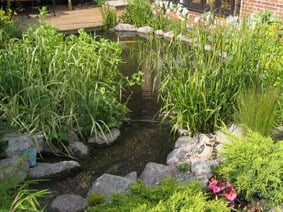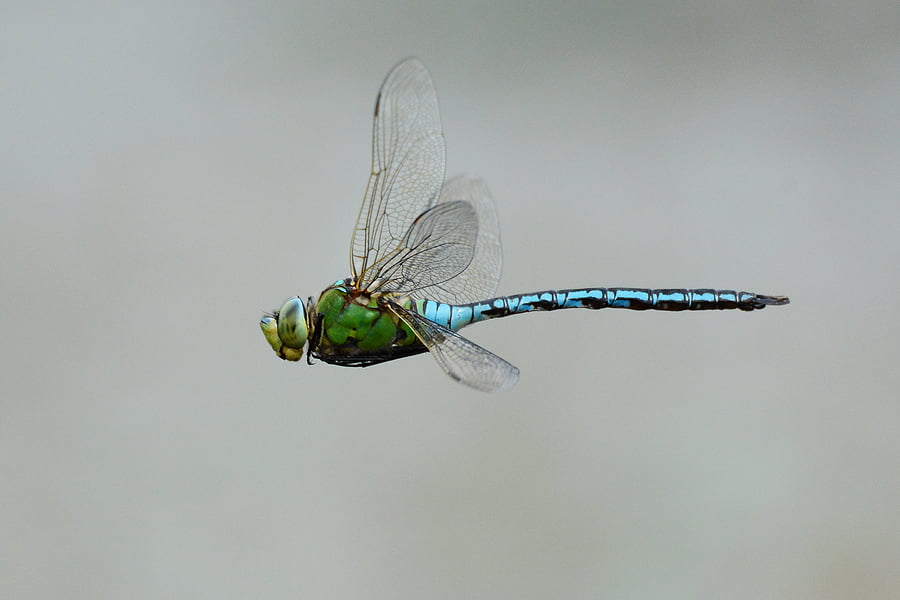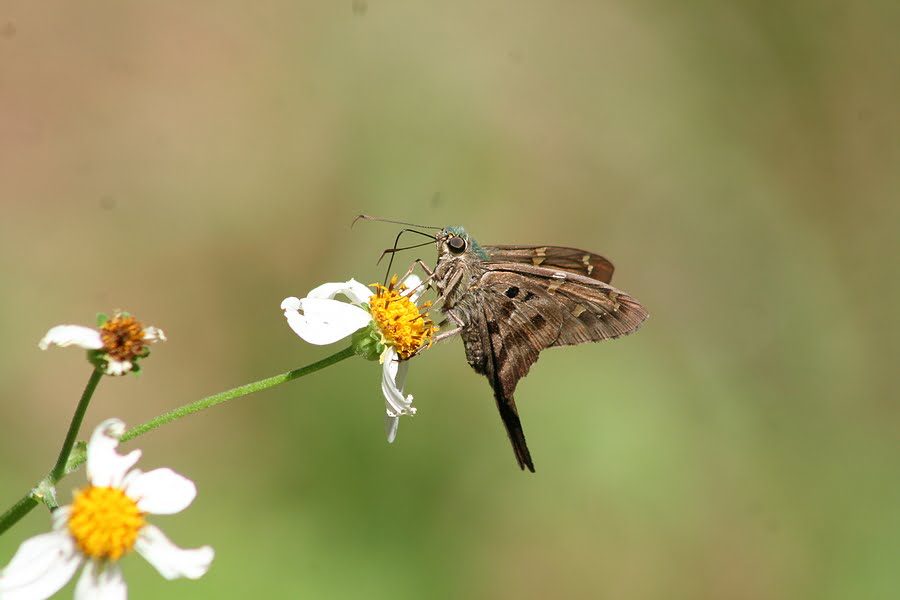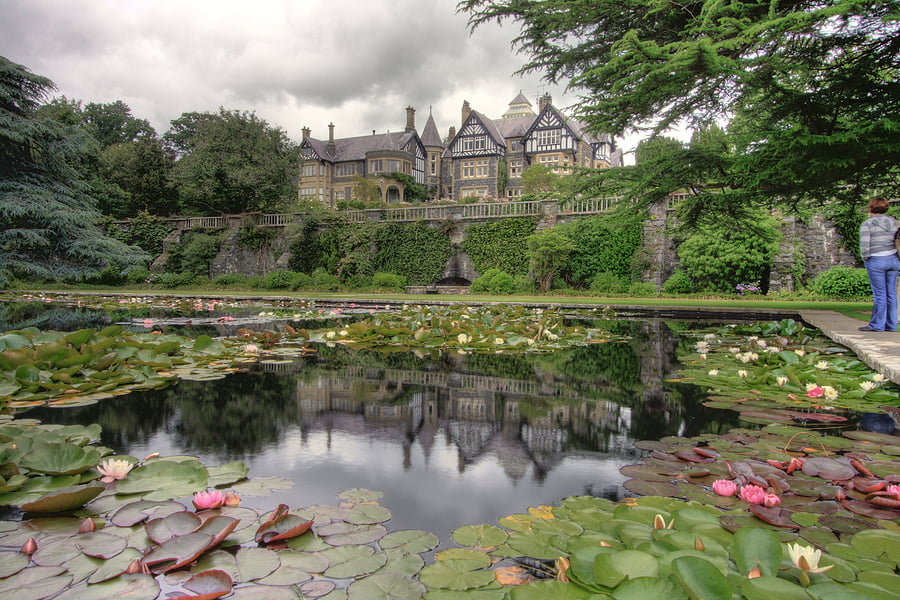
Why Does The Tennis Ball Trick Work To Stop Ponds Freezing Over
18th January 2022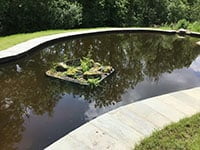
How To Get Started With A Pond In The New Year
21st February 2022Getting the keys to a new home is an extremely exciting time for homeowners, as they finally get to move into their dream house. It always takes a few weeks to really get to grips with the different fixtures, fittings and appliances, but even more so if you happen to have inherited a pond in your garden.
That’s why we’ve put together some tips on how to look after your pond for those who have no experience of doing so in the past.
Learn about your pond
Unless the previous owners told you everything you need to know about your water feature, it is important to take a close look at it to determine some crucial details. For instance, you need to know how big it is, if there are any fish or plants, if it is lined and with what, and if the water needs testing.
Once you know a bit more about your pond, you can decide what to do with it.
Is a pond right for you?
Ponds can be attractive for many homebuyers. However, they can also prove a difficulty for others, for instance, families with young toddlers or pets.
Even if you don’t have kids yourself, homeowners with nieces or nephews, or friends who have youngsters might want to consider filling it in, so they can remain confident no-one will be in danger when they visit, particularly if the little ones are not used to being around water.
However, if kids, dogs or cats are not a concern for you, then you might want to learn how to take care of your new pond. Not only will it make a beautiful, tranquil feature in the spring and summer, it will attract wildlife to your garden for you to enjoy.
The hard work has already been done to get the pond established, so you can now reap the rewards of it, simply by making sure you continue to maintain it.
Basic pond maintenance
Taking care of a pond need not be difficult or complicated. Daily jobs include remove debris from the water and, if necessary, feeding the fish.
The Royal Horticultural Society (RHS) suggests keeping half the surface of the water free of vegetation, and dividing and repotting deep water aquatics, including water lilies.
Just like you would garden plants, it is a good idea to remove tatty leaves and fading flowers during the summer months and early autumn, so they do not build up in the pond once they fall off.
First clean the pond
Once you have unpacked your suitcases, set your furniture up and settled in, it is worth giving the pond a good clear out. You might not know when it last had a clean, and this is crucial to maintaining wildlife and plant life in your garden.
“Start by preparing a holding tank in a shady spot for fish and deep-water plants; use some pond water in the tank, unless it is particularly cloudy. Marginal (water’s edge) plants will survive out of the pond as long as they are kept moist and shaded,” the RHS advises.
drain the pond with a pump. Once the water drops, you can extract plants and place them in the holding tank or re-pot them. Then scoop up silt from the bottomand put this on the border
At this pointclean the liner. Check if there are any tears in the liner or if it is bleached and brittle from the sun. If it is in good condition, then you simply have to put back some of the silt and refill the liner with rainwater and the pond plants. However, if it is at the end of its shelf life, you might need to replace it.
The fish and any other pond creatures can now be returned to the water, and once you become more familiar with caring for them, you might want to add different plants and fish to your feature.
Some of the best pond plants include water forget-me-not, which flower in early May and attract newts; irises, growing up to 1.5 metres tall; and water lilies, which protect wildlife from predators, keep the water cool and shield algae from sunlight, all with their cover.


